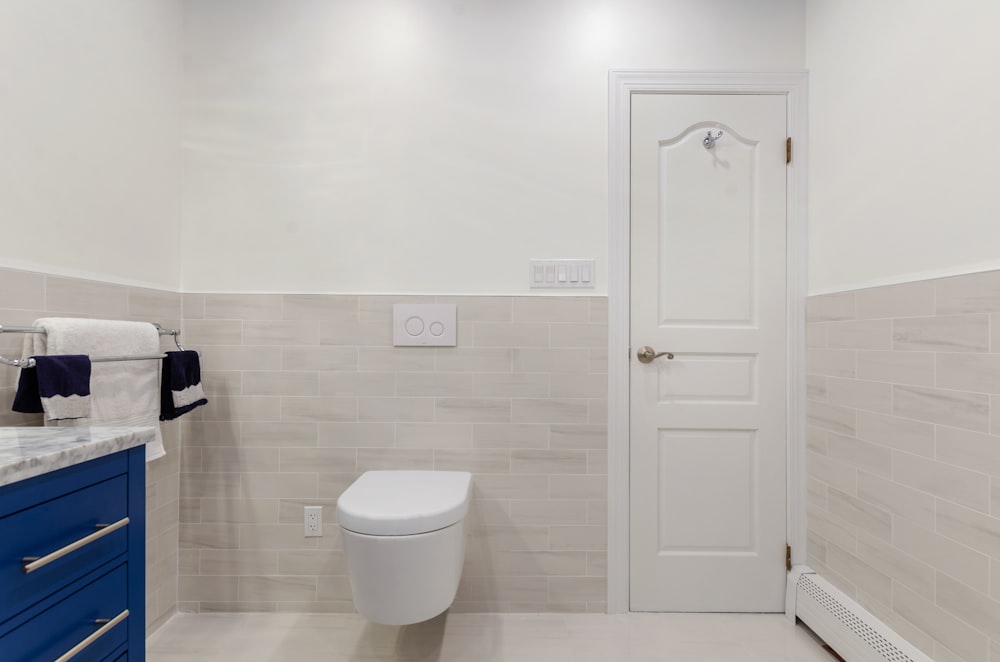Demystifying Toilet Mechanisms: A Deep Dive into Essential Plumbing Technology
Understanding the Basics
Toilets are an essential fixture in any home, yet the inner workings of their mechanisms often remain a mystery to many. At first glance, it’s a simple device: you flush, and everything disappears. But behind the scenes lies a sophisticated system designed for efficiency and reliability.
The Components at Work
To truly grasp the complexity of toilet mechanisms, one must examine its individual components. From the flush valve to the fill valve, each part plays a crucial role in the flushing process. The flush valve, for instance, controls the release of water from the tank into the bowl, while the fill valve regulates the water level after each flush.
Evolution of Toilet Mechanisms
Over the years, toilet mechanisms have undergone significant evolution. From rudimentary designs to advanced technology, the goal has always been the same: to improve functionality and efficiency. Modern toilets now feature innovations such as dual flush systems, water-saving mechanisms, and sensor-activated flushes, all aimed at reducing water consumption and environmental impact.
Common Issues and Troubleshooting
Despite their advancements, toilet mechanisms are not immune to problems. From leaks and clogs to running toilets, homeowners often encounter issues that require troubleshooting. Understanding the common culprits behind these problems, such as worn-out flappers or faulty fill valves, can help diagnose and resolve issues effectively.
The Importance of Maintenance
Regular maintenance is key to keeping toilet mechanisms in optimal condition. Simple tasks like cleaning the tank, checking for leaks, and replacing worn-out parts can prevent costly repairs down the line. Additionally, staying informed about water-saving techniques and upgrades can help homeowners maximize efficiency and reduce utility bills.
DIY vs. Professional Repairs
While some toilet repairs can be tackled as DIY projects, others may require the expertise of a professional plumber. Knowing when to call in the experts is essential to avoid exacerbating issues or causing further damage. For complex repairs or installations, it’s always best to enlist the help of a qualified plumber with experience in handling toilet mechanisms.
Innovations and Future Trends
As technology continues to advance, so too do toilet mechanisms. Innovations such as self-cleaning toilets, touchless flush systems, and smart toilet sensors are shaping the future of bathroom technology. These advancements not only enhance convenience and hygiene but also contribute to water conservation efforts on a global scale.
Environmental Impact and Sustainability
In an era of growing environmental awareness, the impact of toilet mechanisms on water usage cannot be overstated. By incorporating water-saving features and adopting sustainable practices, manufacturers and homeowners alike can reduce water consumption and minimize their ecological footprint. From low-flow toilets to rainwater harvesting systems, the possibilities for eco-friendly solutions are endless.
The Role of Regulations and Standards
Government regulations and industry standards play a crucial role in shaping the design and performance of toilet mechanisms. Requirements such as WaterSense certification and maximum flush volume limits help ensure that toilets meet stringent efficiency criteria. Staying informed about these regulations can guide purchasing decisions and promote environmentally responsible choices.
Conclusion
In conclusion, toilet mechanisms may seem like simple devices, but their inner workings are anything but. From their humble beginnings to their current state of technological sophistication, these essential plumbing fixtures have come a long way. By understanding the basics, addressing common issues, and embracing innovations, homeowners can ensure that their toilet mechanisms function efficiently for years to come. Read more about toilet mechanism

